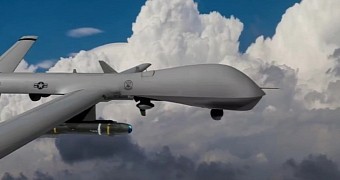Something that most people don't dwell on much is that the air tends to be very cold at high altitudes, the upper levels of the troposphere that airplanes consider cruising altitude. Being iced over is never a good thing.
Airplanes can use one of various systems to counteract the formation of ice on the outer hull. Some airplanes reroute the hot air from jet engines, for example.
Others release anti-freeze chemicals onto the wing. That is the most dangerous area, since there are mobile segments which control direction and altitude. If they were to get stuck due to frost, it could end up in disaster.
Now, a company by the name of Battelle has introduced the HeatCoat technology which fulfills the same function while using less power and even weighing less.
Carbon nanotubes are the key
The idea of engineers from Batelle was that carbon nanotubes could be used to heat the aircraft surface and, thus, prevent the temperature from ever going low enough for ice to form.
This is arguably an even better method than using superhydrophobic surfaces, although they have been doing well enough to repel water so that not enough was left for even the tiniest droplets.
HeatCoat uses a series of layers to do its job. The first layer is a primer coating and is covered by the heater coating, the one actually made of nanotubes. Then there's a third coating, a barrier between it and the outer top coating. These layers are applied in spray form.
Applying power to the heater layer generates the necessary heat. Power can be dynamically changed to maximize efficiency.
Thus, the anti-ice system is not only lighter than all the others but uses less energy as well, something very important for drones and other unmanned aerial vehicles.
Speaking of which, the carbon nanotube HeatCoating was developed for UAVs, but should be easy enough to install on airplanes and other large aircraft as well.
Practical details
The Batelle HeatCoat technology can cope with temperatures of -22° F (-30° C) and air speeds of 182 knots (337 km/h, 209 mph), according to tests carried out in an aero-icing tunnel.

 14 DAY TRIAL //
14 DAY TRIAL // 